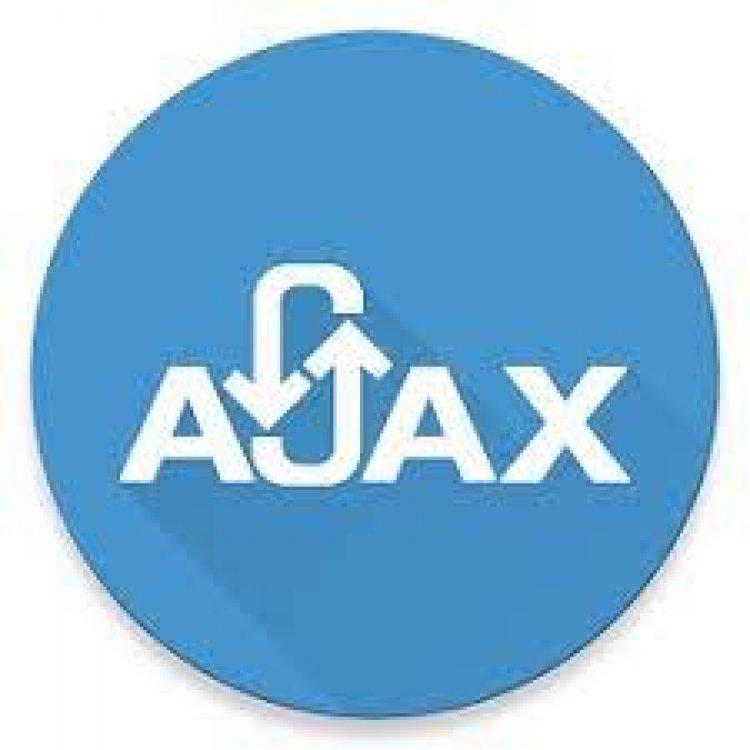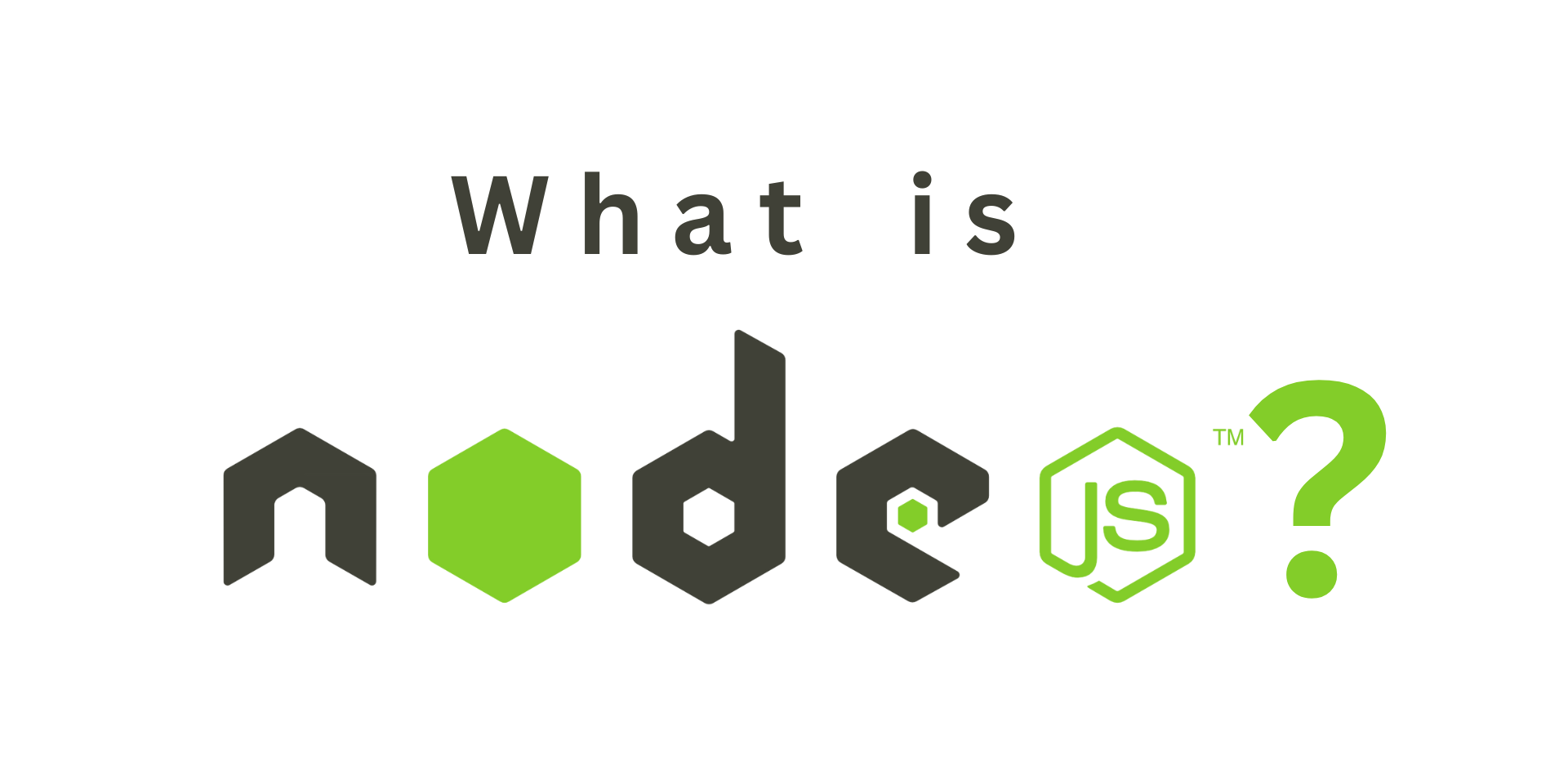Mastering AJAX: A Comprehensive Guide to Asynchronous JavaScript and XML
In today's fast-paced digital world, web developers are constantly seeking ways to enhance user experience and improve the performance of their websites. AJAX (Asynchronous JavaScript and XML) has emerged as a powerful tool that allows developers to create dynamic and interactive web applications. In this article, we will explore the fundamentals of AJAX, its benefits, and provide a step-by-step guide to learning and implementing AJAX in your projects.

Mastering AJAX: A Comprehensive Guide to Asynchronous JavaScript and XML
In today's fast-paced digital world, web developers are constantly seeking ways to enhance user experience and improve the performance of their websites. AJAX (Asynchronous JavaScript and XML) has emerged as a powerful tool that allows developers to create dynamic and interactive web applications. In this article, we will explore the fundamentals of AJAX, its benefits, and provide a step-by-step guide to learning and implementing AJAX in your projects.
Understanding AJAX:
AJAX is not a programming language but a combination of existing technologies, including JavaScript, XML, HTML, and CSS. It enables web pages to update content dynamically without requiring a full page reload. This asynchronous communication between the client and server allows for a smoother and more responsive user experience.
Benefits of AJAX:
1. Improved User Experience: AJAX enables developers to create interactive web applications that respond quickly to user actions, providing a seamless and engaging experience.
2. Reduced Bandwidth Usage: By updating only the necessary parts of a web page, AJAX minimizes data transfer, resulting in faster load times and reduced bandwidth consumption.
3. Enhanced Performance: With AJAX, developers can load data in the background while users continue to interact with the page, eliminating the need for page refreshes and improving overall performance.
Getting Started with AJAX:
1. JavaScript Fundamentals: Before diving into AJAX, it is essential to have a solid understanding of JavaScript. Familiarize yourself with JavaScript concepts such as variables, functions, loops, and conditional statements.
2. XML and JSON: AJAX can handle data in various formats, including XML and JSON. Learn how to parse and manipulate XML and JSON data using JavaScript.
3. XMLHttpRequest Object: The XMLHttpRequest object is the backbone of AJAX. Understand how to create an instance of this object, send requests to the server, and handle responses asynchronously.
4. Handling AJAX Responses: Learn how to handle server responses using callback functions, including updating the DOM, displaying data, or handling errors.
5. AJAX Libraries and Frameworks: Explore popular AJAX libraries and frameworks such as jQuery, Axios, and Fetch API, which provide simplified methods and utilities for AJAX implementation.
Best Practices for AJAX Development:
1. Graceful Degradation: Ensure that your web application functions correctly even if AJAX is not supported or disabled on the user's browser. Provide alternative methods to retrieve data or perform actions.
2. Security Considerations: AJAX requests can expose sensitive data or be vulnerable to cross-site scripting (XSS) attacks. Implement proper security measures, such as input validation and server-side authentication, to protect your application.
3. Error Handling: Handle AJAX errors gracefully by providing meaningful error messages and fallback options to guide users in case of failed requests or server-side issues.
4. Performance Optimization: Optimize your AJAX implementation by minimizing unnecessary requests, compressing data, and caching responses whenever possible.
Conclusion:
AJAX has revolutionized web development by enabling dynamic and interactive web applications. By mastering AJAX, developers can create seamless user experiences, improve performance, and reduce bandwidth usage. Remember to follow best practices, stay updated with emerging technologies, and continuously refine your skills to leverage the full potential of AJAX in your projects. Happy coding!

























